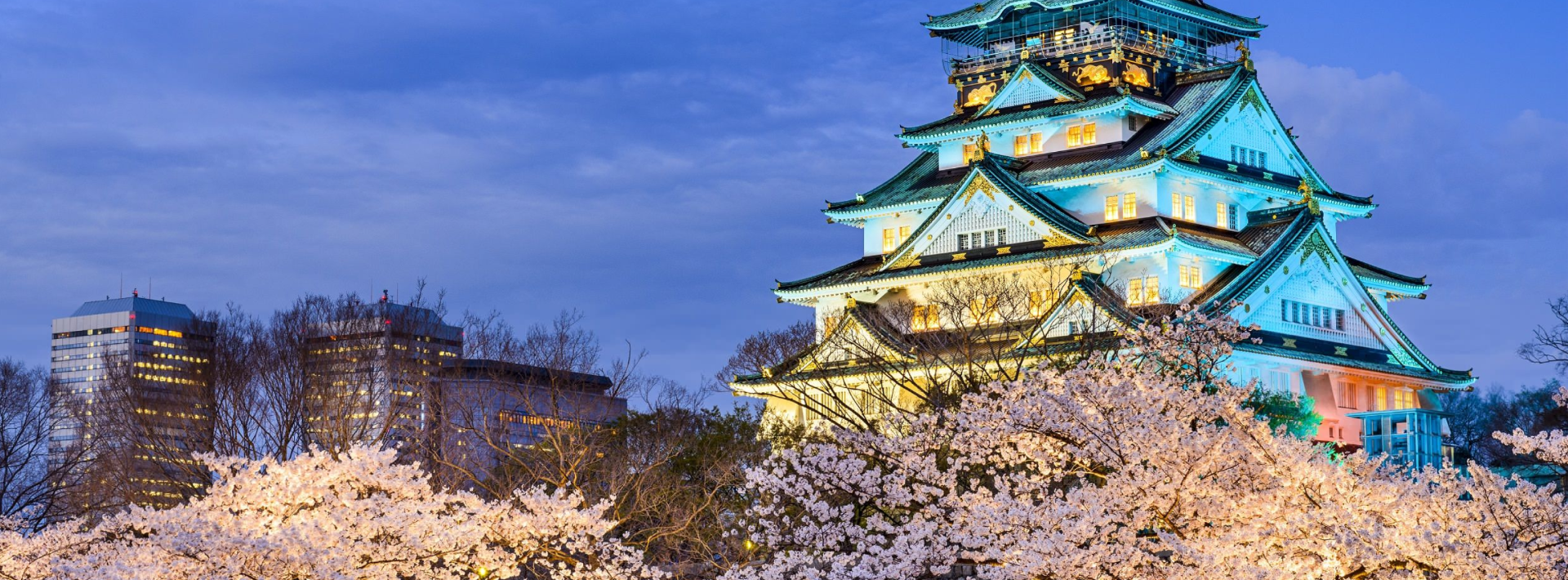What is the Jubilee
"Jubilee" is the name given to a special year: the word comes from the instrument used to indicate its launch - the yobel, the ram's horn, the sound of which announces the Day of Atonement (Yom Kippur). This celebration occurred every year, but takes on a particular meaning when it coincides with the beginning of the Jubilee year.
We find a first idea of this in the Bible: the Jubilee occurred every 50 years, since it was the 'extra' year, to be added after every seven weeks (49) of years (see Lev 25.8-13).
Although difficult to achieve, it was seen as an opportunity to re-establish a correct relationship with God, between peoples and with creation, and involved the forgiveness of debts, the restitution of alienated land and a period of fallow/repose for the land.
Quoting the prophet Isaiah, the gospel according to Luke also describes Jesus' mission in this way: “The Spirit of the Lord is upon me; for this reason he anointed me and sent me to bring good news to the poor, to proclaim liberation to prisoners and sight to the blind; to set the oppressed free, to proclaim the year of the Lord's favor" (Lk 4,18-19; cf. Is 61,1-2). These words of Jesus are seen in his activities of liberation and conversion in his daily life, his encounters and his relationships.
In 1300, Boniface VIII proclaimed the first Jubilee, also called a "Holy Year", because it is a time in which we experience the holiness of God transforming us.
The frequency has changed over time: initially it was every 100 years; it was reduced to 50 years in 1343 by Clement VI and to 25 in 1470 by Paul II. There are also 'extraordinary' jubilees: for example, in 1933 Pius XI wanted to commemorate the anniversary of the Redemption and in 2015 Pope Francis proclaimed the Year of Mercy. The way of celebrating the year has also changed over the centuries: originally it consisted of a visit to the Roman Basilicas of St. Peter and St. Paul, then came the idea of pilgrimage. Later other signs were added, such as that of the Holy Door. By participating in the Holy Year pilgrims can obtain the plenary indulgence.







